Ensuring the optimal performance of your trailer’s Anti-lock Braking System (ABS) is crucial for both safety and efficiency on the road. At CarMax Vehicle, we understand the complexities involved in trailer ABS systems and are committed to providing comprehensive solutions for troubleshooting issues that may arise. This guide delves deeply into the common problems associated with trailer ABS systems, step-by-step troubleshooting processes, and maintenance tips to keep your trailers running smoothly.
Understanding Trailer ABS Systems
Before diving into troubleshooting, it’s essential to grasp the fundamentals of how ABS systems operate within trailers.
What is a Trailer ABS System?
A trailer ABS system enhances braking performance by preventing wheel lock-up during sudden or forceful braking. This system ensures that the trailer maintains traction with the road surface, reducing the risk of skidding and improving control, especially under adverse conditions.
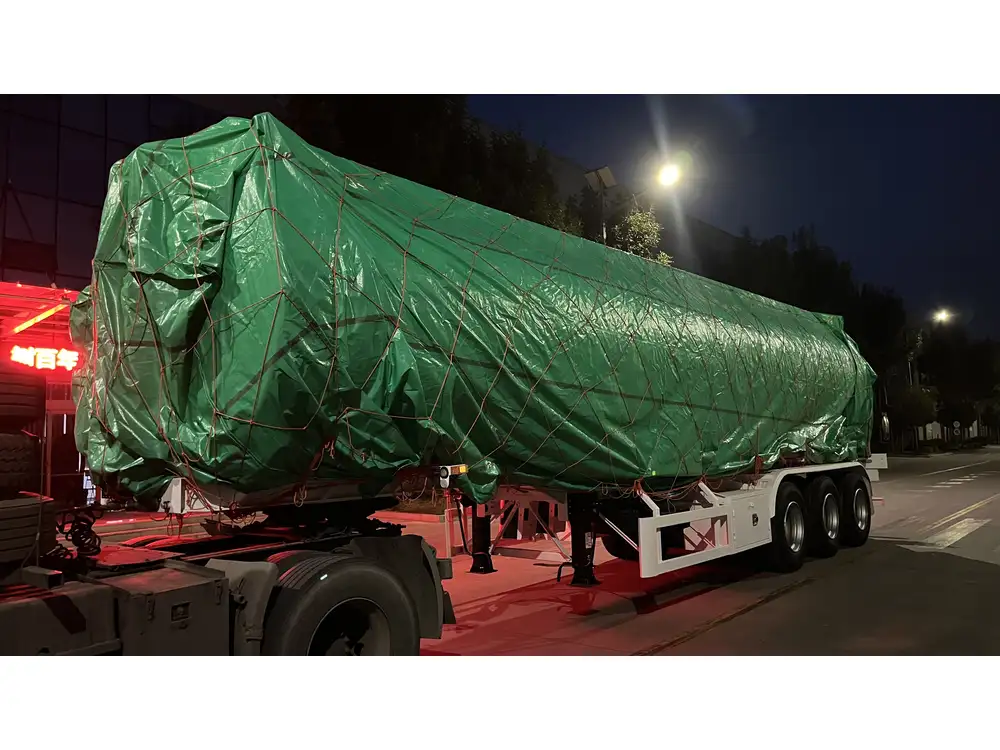
Key Components of Trailer ABS
| Component | Function |
|---|---|
| ABS Controller | Processes sensor data and controls braking pressure accordingly. |
| Wheel Speed Sensors | Monitor the rotational speed of each wheel to detect potential lock-ups. |
| Valves | Regulate the brake pressure to individual wheels based on ABS input. |
| Wiring Harness | Connects all ABS components, transmitting data and power throughout the system. |
Understanding these components is the first step in diagnosing and resolving ABS-related issues.
Common ABS System Issues
Trailer ABS systems, while robust, can encounter several issues that impact their functionality. Identifying these problems early can prevent major breakdowns and ensure safe operation.
1. ABS Warning Light Activated
Symptom: The ABS warning light illuminates on the vehicle’s dashboard.
Possible Causes:
- Faulty wheel speed sensors
- Damaged ABS wiring harness
- Defective ABS controller
- Low brake fluid levels
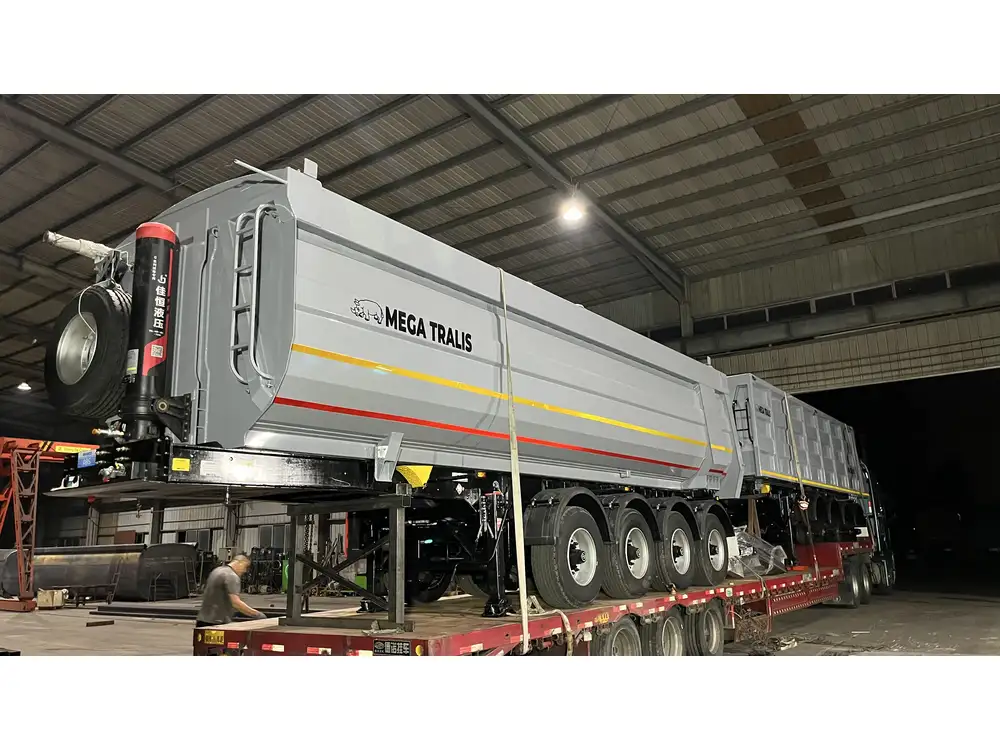
2. Trailer Brakes Not Engaging Properly
Symptom: The trailer brakes fail to engage or respond sluggishly.
Possible Causes:
- Air in the brake lines
- Malfunctioning ABS valves
- Electrical issues within the ABS system
3. Inconsistent Braking Performance
Symptom: Uneven or inconsistent braking force across the trailer wheels.
Possible Causes:
- Uneven tread wear on tires
- Misaligned wheel speed sensors
- Contaminated brake components
4. ABS System Not Activating During Braking
Symptom: ABS system fails to activate during an emergency brake situation.
Possible Causes:
- Faulty ABS controller
- Broken wheel speed sensors
- Incompatible trailer components

Step-by-Step Troubleshooting Guide
Addressing ABS system issues requires a systematic approach to accurately identify and rectify the problem. Below is a detailed guide to troubleshooting trailer ABS systems.
Step 1: Initial Inspection
Before delving into complex diagnostics, conduct a thorough visual inspection of the trailer’s braking system.
Check Brake Fluid Levels: Ensure that brake fluid reservoirs are filled to the recommended levels. Low brake fluid can cause ABS malfunctions.
Inspect Wiring and Connections: Look for any visible damage, frayed wires, or loose connections in the ABS wiring harness. Damaged wires can disrupt communication between components.
Step 2: Read Diagnostic Trouble Codes (DTCs)
Modern ABS systems are equipped with Diagnostic Trouble Code (DTC) readers that store error codes when malfunctions occur.
Connect a Diagnostic Tool: Use an ABS-compatible scanner to retrieve DTCs from the ABS controller.
Interpret the Codes: Refer to the trailer’s service manual or ABS system documentation to understand the meaning of each code. Common codes can indicate issues such as faulty wheel speed sensors or communication errors.
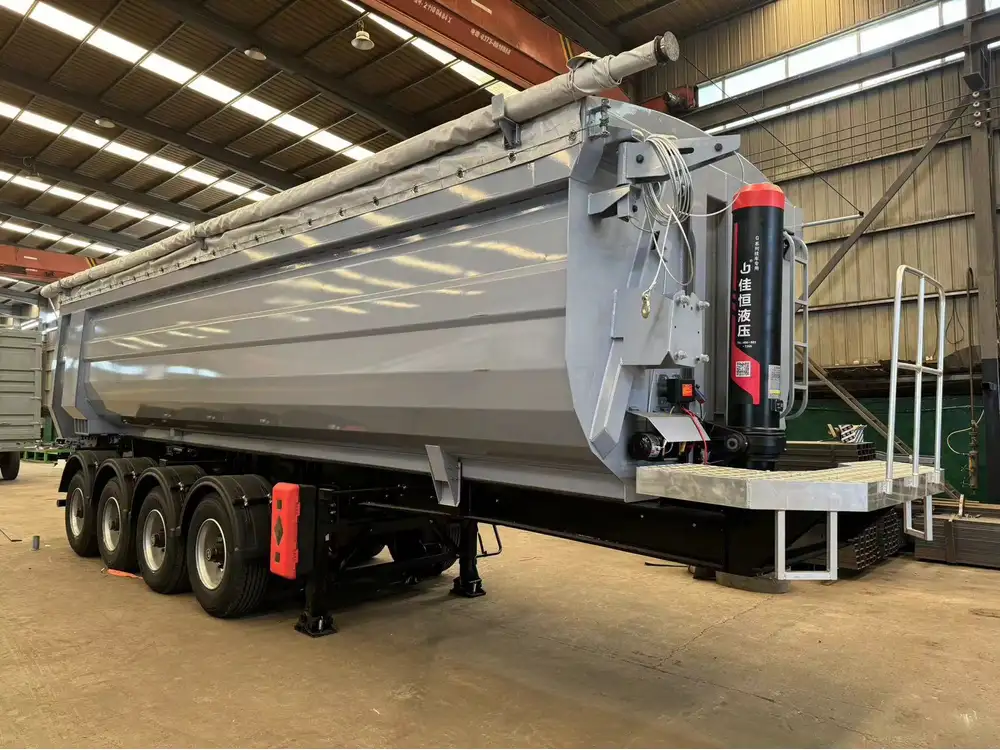
Step 3: Inspect Wheel Speed Sensors
Wheel speed sensors play a pivotal role in the ABS system by monitoring wheel rotation.
Remove Sensor Covers: Access the wheel speed sensors by removing covers or wheel components as necessary.
Examine for Damage: Look for physical damage, debris build-up, or corrosion around the sensors.
Test Sensor Functionality: Use a multimeter to check the resistance and signal output of each sensor. Replace any sensors that fail to meet specifications.
Step 4: Examine ABS Wiring Harness
The wiring harness transmits data between the ABS controller and other system components.
Trace the Wiring Path: Follow the wiring from the ABS controller to each wheel speed sensor and braking component.
Look for Interruptions: Identify any breaks, shorts, or disconnections in the wiring. Repair or replace damaged sections as needed.
Secure All Connections: Ensure that all connectors are tightly secured and free from corrosion.
Step 5: Test ABS Controller
The ABS controller is the brain of the braking system, processing sensor data and managing brake pressure.
Verify Power Supply: Ensure that the ABS controller is receiving adequate power. Check fuses and relays associated with the ABS system.
Assess Controller Performance: If possible, use specialized diagnostic tools to evaluate the controller’s functionality. Replace the controller if it exhibits signs of failure.
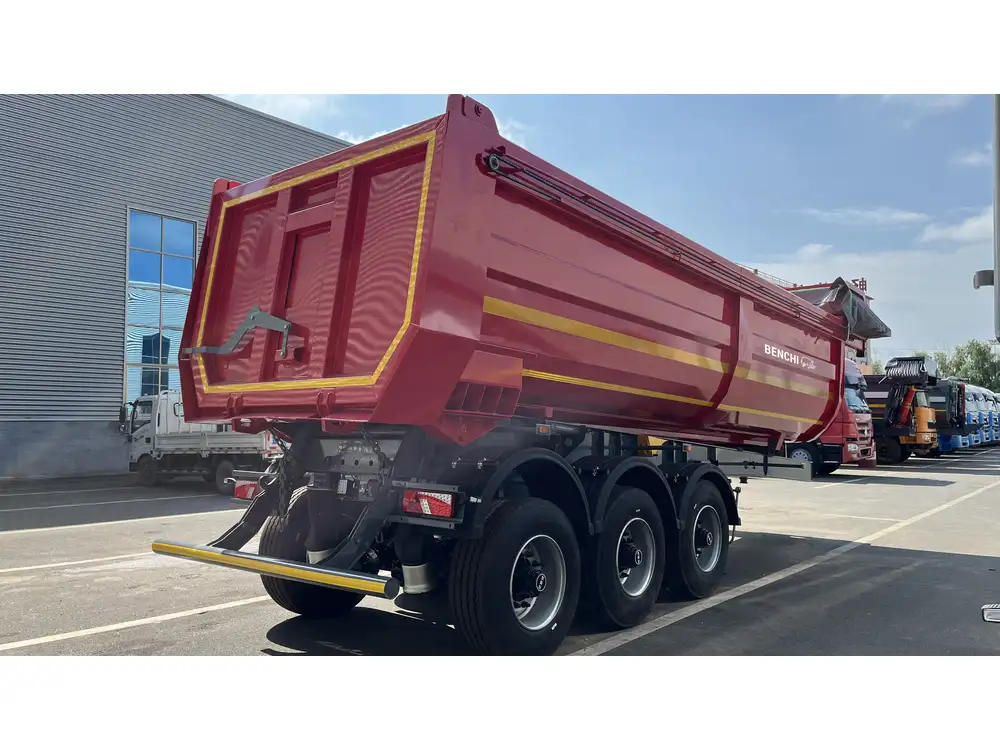
Step 6: Inspect Brake Components
Healthy brake components are essential for the proper functioning of the ABS system.
Check Brake Pads and Rotors: Ensure that brake pads are not excessively worn and that rotors are free from warping or damage.
Assess Brake Lines: Look for leaks, bulges, or wear in the brake lines that could affect brake pressure.
Ensure Proper Brake Actuation: Test the brake system to verify that each wheel is responding correctly to braking inputs.
Step 7: Verify System Calibration
After addressing any identified issues, it’s crucial to calibrate the ABS system to ensure accurate operation.
Reset the ABS System: Clear any stored DTCs using the diagnostic tool and reset the ABS controller.
Perform a System Test: Conduct a controlled braking test to verify that the ABS system activates correctly and that all sensors are communicating accurately.
Adjust Settings if Necessary: Fine-tune ABS settings based on the trailer’s load and operating conditions to optimize performance.
Preventative Maintenance Tips
Proactive maintenance can prevent many ABS system issues. Implement these tips to keep your trailer’s ABS system in top condition.
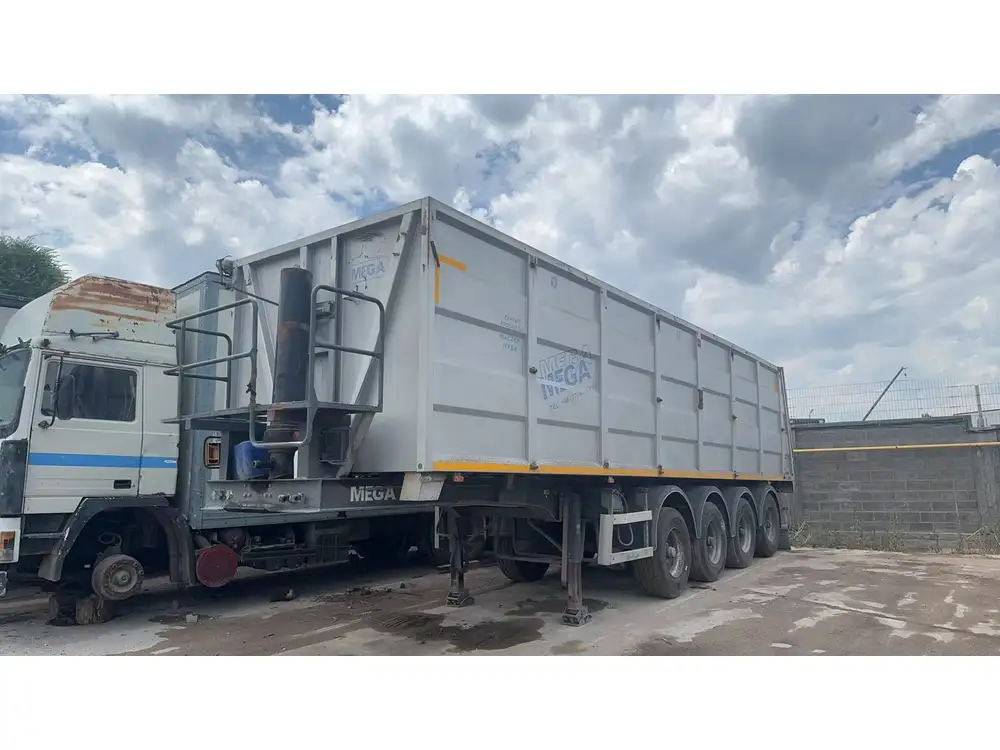
Regular Inspection
Routine Checks: Perform regular inspections of the braking system, including ABS components, to identify and address wear or damage early.
Clean Sensors and Components: Keep wheel speed sensors and surrounding areas clean to ensure accurate readings and prevent debris interference.
Brake Fluid Maintenance
Monitor Brake Fluid Levels: Regularly check and maintain appropriate brake fluid levels to ensure optimal braking performance.
Flush Brake Fluid: Replace brake fluid as recommended by the manufacturer to prevent moisture contamination and corrosion within the braking system.
Tire Maintenance
Maintain Proper Tire Pressure: Ensure that all tires are inflated to the manufacturer’s recommended pressure to promote even braking and sensor accuracy.
Rotate Tires Regularly: Regular tire rotation helps distribute wear evenly, maintaining consistent braking performance across all wheels.
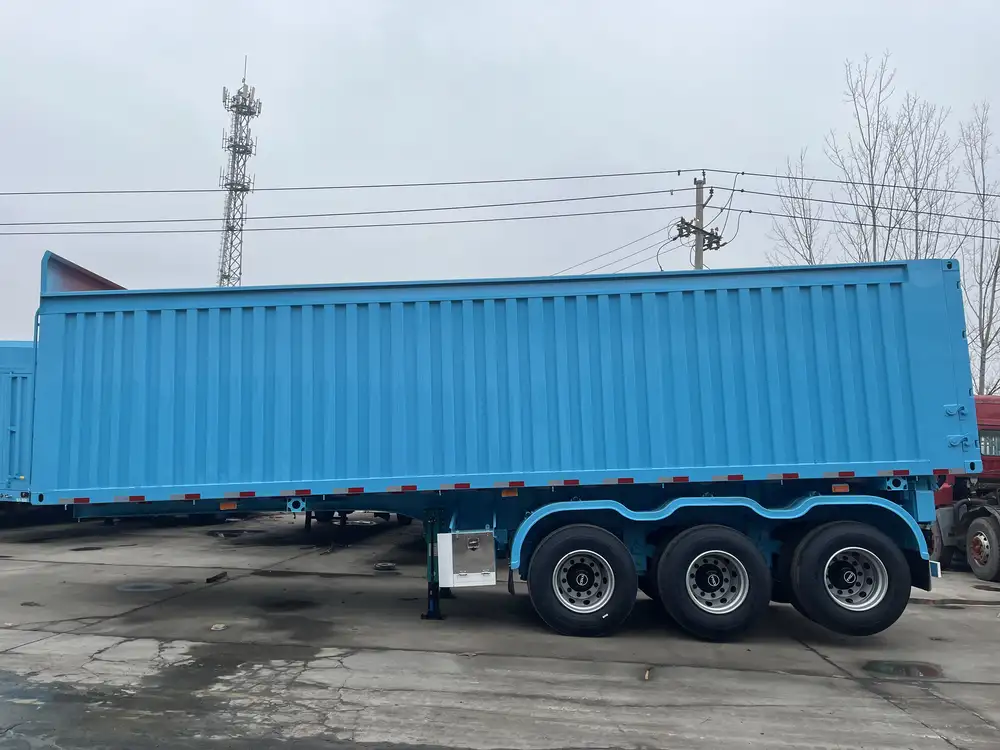
Electrical System Care
Protect Wiring: Use protective conduits and secure wiring harnesses to prevent damage from road debris, weather, and mechanical wear.
Inspect Electrical Connections: Periodically check all electrical connections for signs of corrosion, looseness, or deterioration and address any issues promptly.
Advanced Troubleshooting Techniques
For persistent or complex ABS system issues, advanced troubleshooting may be necessary. These techniques often require specialized tools and expertise.
Oscilloscope Testing
An oscilloscope can analyze the electrical signals from wheel speed sensors in real-time, providing detailed insights into sensor performance and signal integrity.
Signal Analysis: Detect irregularities such as signal noise, fluctuations, or complete signal loss that could indicate sensor or wiring issues.
Component Verification: Validate the performance of ABS controllers and other electronic components by examining their output signals.

Module Replacement and Programming
In some cases, replacing the ABS controller module may be necessary.
Module Replacement: Install a new ABS module compatible with the trailer’s braking system specifications.
Programming and Calibration: Use specialized software to program the new module, ensuring it communicates effectively with existing sensors and components.
Environmental Considerations
Environmental factors such as extreme temperatures, moisture, and road conditions can impact ABS system performance.
Protect Components: Ensure that ABS components are shielded from harsh environmental conditions to prevent damage and maintain functionality.
Adapt System Settings: Adjust ABS settings based on regional driving conditions, such as high-altitude or icy environments, to enhance system responsiveness and safety.
When to Seek Professional Assistance
While many ABS system issues can be addressed through systematic troubleshooting, certain scenarios warrant professional expertise.
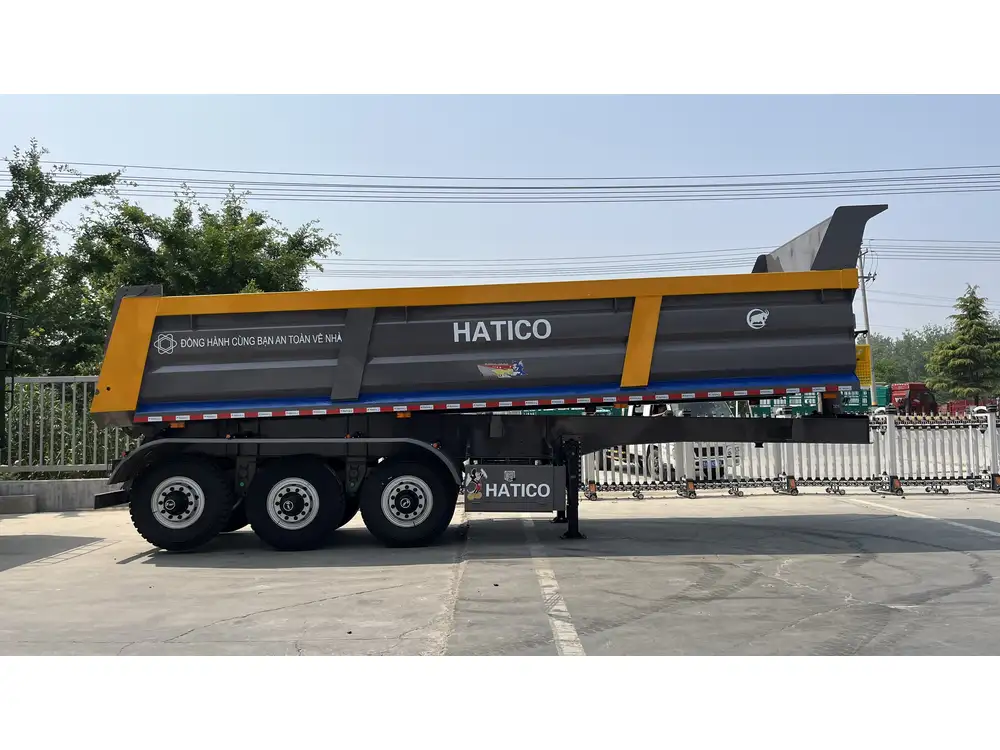
Complex Electrical Problems
Issues involving intricate electrical faults, such as multi-point wiring failures or internal ABS controller malfunctions, often require the precision and tools available at professional service centers.
Persistent DTCs Despite Repairs
If diagnostic trouble codes persist after performing standard troubleshooting steps, it may indicate underlying problems that need expert evaluation and repair.
System Calibration and Programming
Advanced calibration and programming tasks, especially those requiring proprietary software or equipment, are best handled by trained professionals to ensure accurate system configuration and functionality.
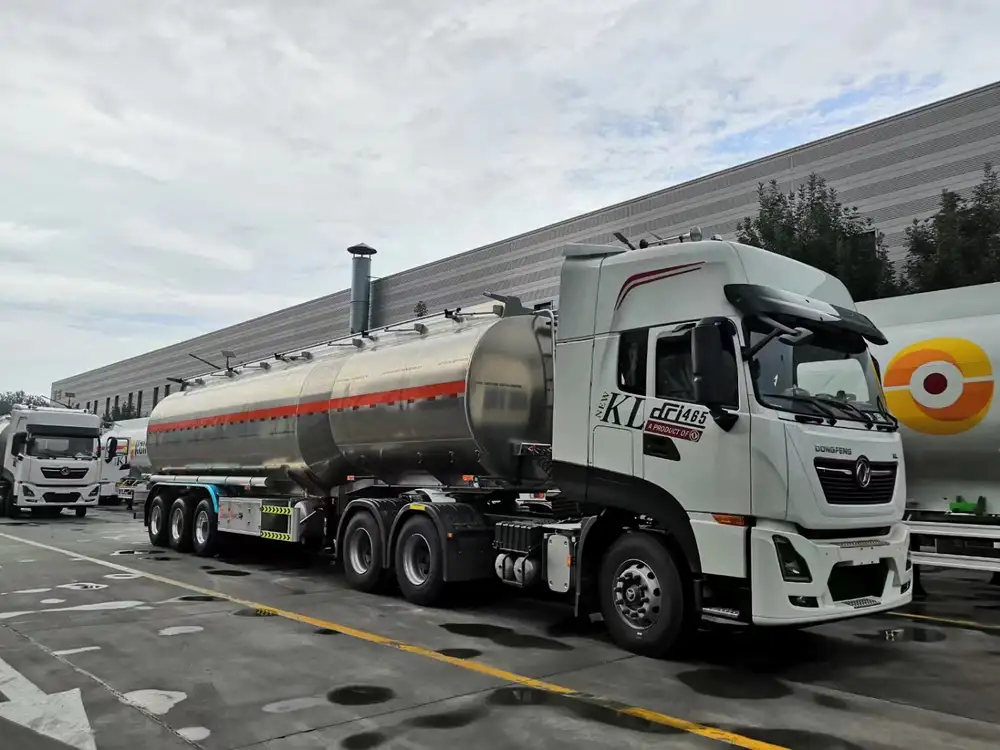
Choosing the Right ABS Components
Selecting high-quality ABS components is vital for the reliability and longevity of your trailer’s braking system. At CarMax Vehicle, we offer a range of ABS components designed to meet rigorous industry standards.
Benefits of OEM vs. Aftermarket Components
| Aspect | OEM Components | Aftermarket Components |
|---|---|---|
| Quality Assurance | Manufactured to original specifications | Varies in quality; some may not meet standards |
| Compatibility | Guaranteed compatibility with specific models | May require additional adjustments for fit |
| Warranty | Often comes with manufacturer warranties | Warranties vary; some may have limited coverage |
| Cost | Generally more expensive | Usually more affordable, but quality differs |
Choosing OEM components from CarMax Vehicle ensures optimal performance, compatibility, and reliability for your trailer’s ABS system.
Top ABS Components Offered by CarMax Vehicle
High-Precision Wheel Speed Sensors
- Engineered for accurate and reliable wheel speed monitoring under various conditions.
Durable ABS Controllers
- Designed to withstand harsh environments while maintaining optimal processing speeds for brake control.
Advanced Brake Valves
- Offer precise regulation of brake pressure to prevent wheel lock-up and ensure smooth braking performance.
Robust Wiring Harnesses
- Constructed with high-quality materials to resist wear, corrosion, and environmental damage, ensuring consistent signal transmission.
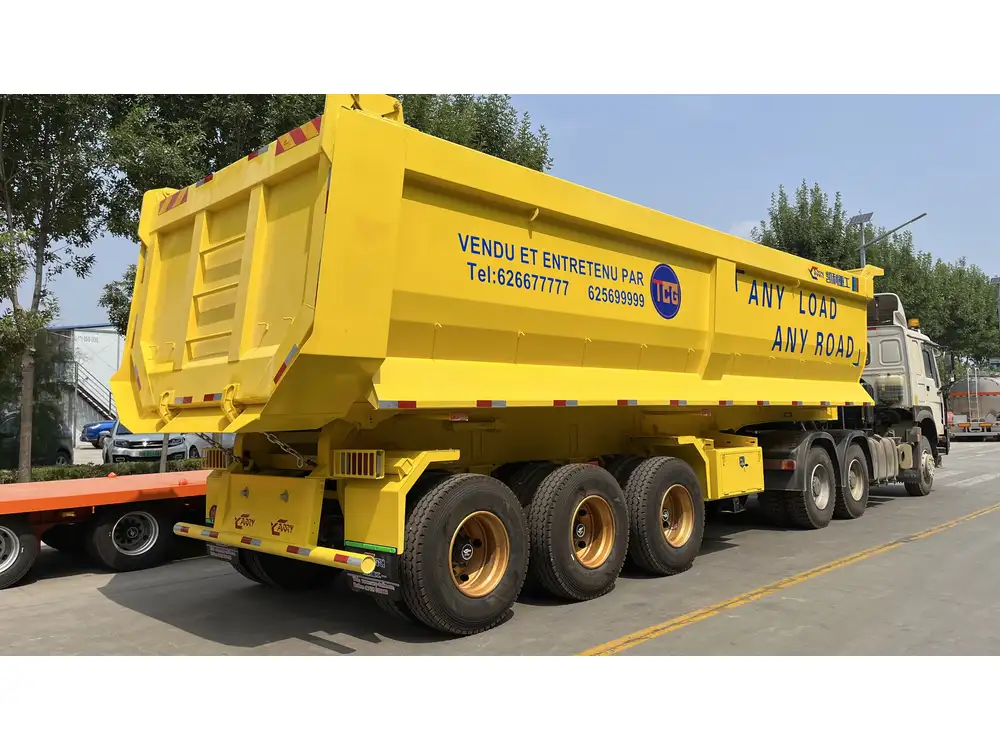
Enhancing ABS System Performance
Beyond troubleshooting, enhancing your trailer’s ABS system can lead to improved safety and efficiency on the road.
Upgrading to Advanced ABS Technology
Modern ABS systems incorporate advanced technologies such as Electronic Stability Control (ESC) and Traction Control Systems (TCS) to further enhance braking performance and vehicle stability.
Integrating Telemetry Systems
Telemetry systems can monitor ABS performance in real-time, providing valuable data for proactive maintenance and performance optimization.
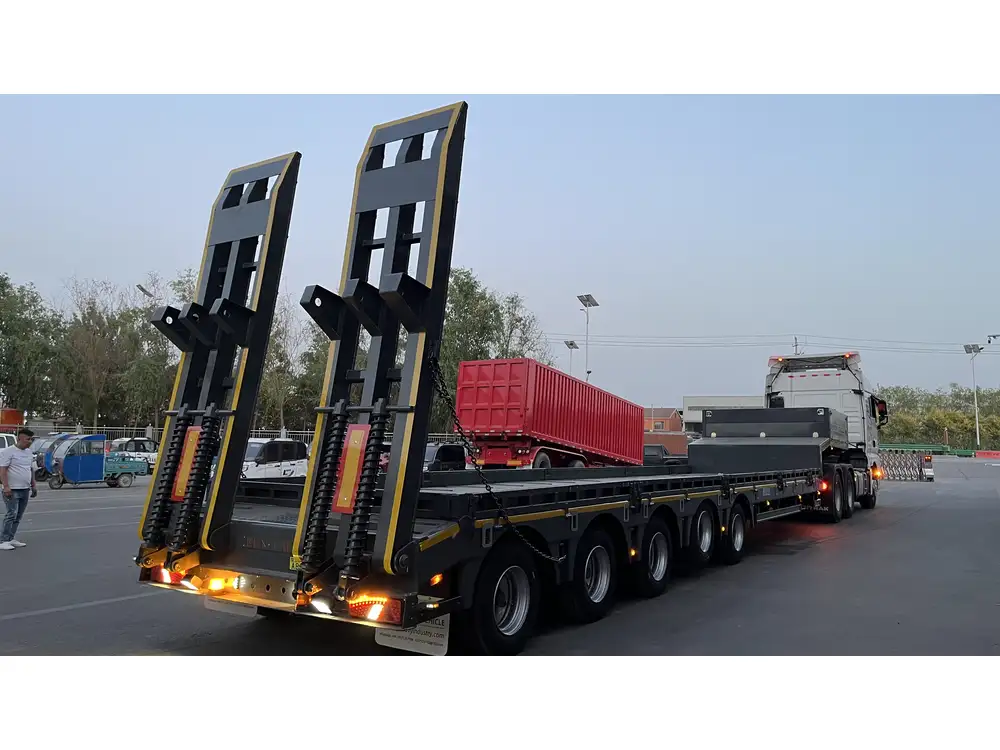
Customizing ABS Settings
Tailoring ABS settings to match your specific trailer load and driving conditions can result in more responsive and reliable braking performance.
Case Studies: Successful ABS Troubleshooting
Case Study 1: Resolving Persistent ABS Warning Lights
Issue: A fleet of trailers consistently reported ABS warning lights without apparent braking issues.
Solution: Upon inspection, a common wiring harness defect was identified. CarMax Vehicle replaced the faulty harnesses and recalibrated the ABS controllers, resulting in the elimination of false warnings and restored system functionality.

Case Study 2: Intermittent Braking Failures
Issue: Trailers experienced intermittent braking failures during heavy loads.
Solution: Detailed diagnostics revealed worn brake pads causing inconsistent brake pressure. After replacing the brake pads and performing a full system calibration, braking performance stabilized, even under maximum load conditions.
Case Study 3: Non-Responsive ABS During Emergency Braking
Issue: The ABS system failed to activate during simulated emergency braking scenarios.
Solution: The ABS controller was found to be unresponsive due to firmware corruption. CarMax Vehicle updated the controller firmware and verified sensor functionality, ensuring reliable ABS activation in critical situations.
Conclusion
Troubleshooting trailer ABS systems requires a thorough understanding of the system’s components and a methodical approach to identifying and resolving issues. At CarMax Vehicle, we provide the expertise and high-quality components necessary to maintain and enhance the performance of your trailer’s ABS system. Regular maintenance, timely troubleshooting, and the use of reliable parts are essential for ensuring safe and efficient operations on the road.
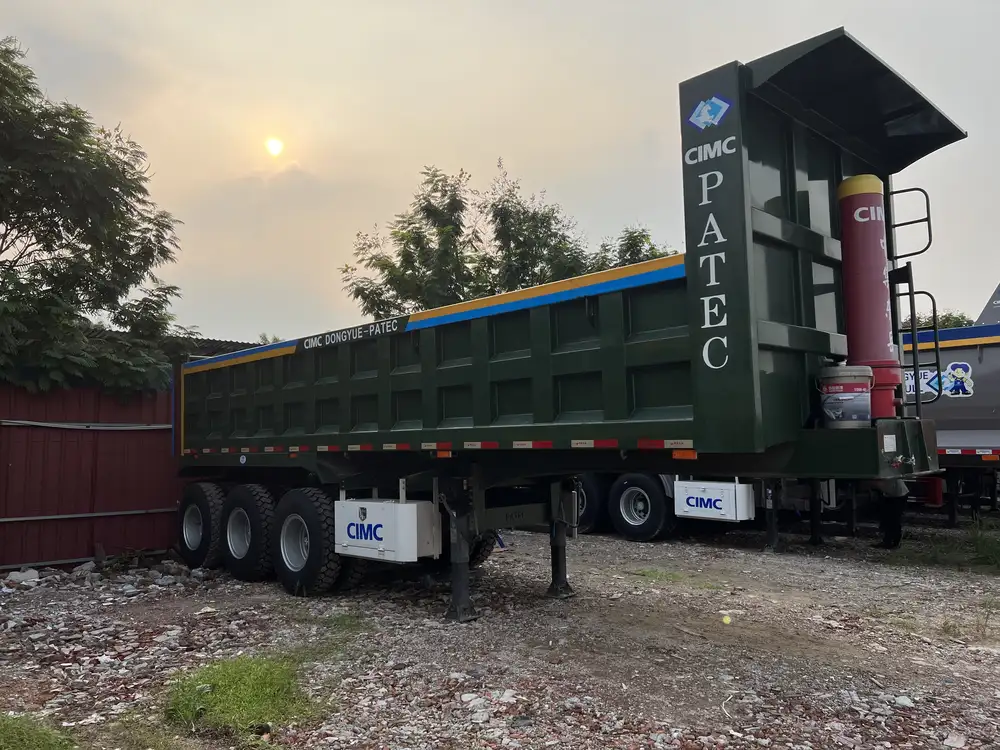
Frequently Asked Questions (FAQs)
1. How Often Should I Inspect My Trailer’s ABS System?
Regular inspections are recommended every 6 months or after every 10,000 miles, whichever comes first. However, if you notice any warning signs such as ABS warning lights or irregular braking performance, conduct an immediate inspection.
2. Can I Troubleshoot ABS Issues Myself, or Should I Hire a Professional?
Basic troubleshooting, such as checking brake fluid levels and inspecting wiring, can be done independently. However, for complex issues like ABS controller malfunctions or advanced diagnostics, it is advisable to seek professional assistance to ensure accurate repairs.
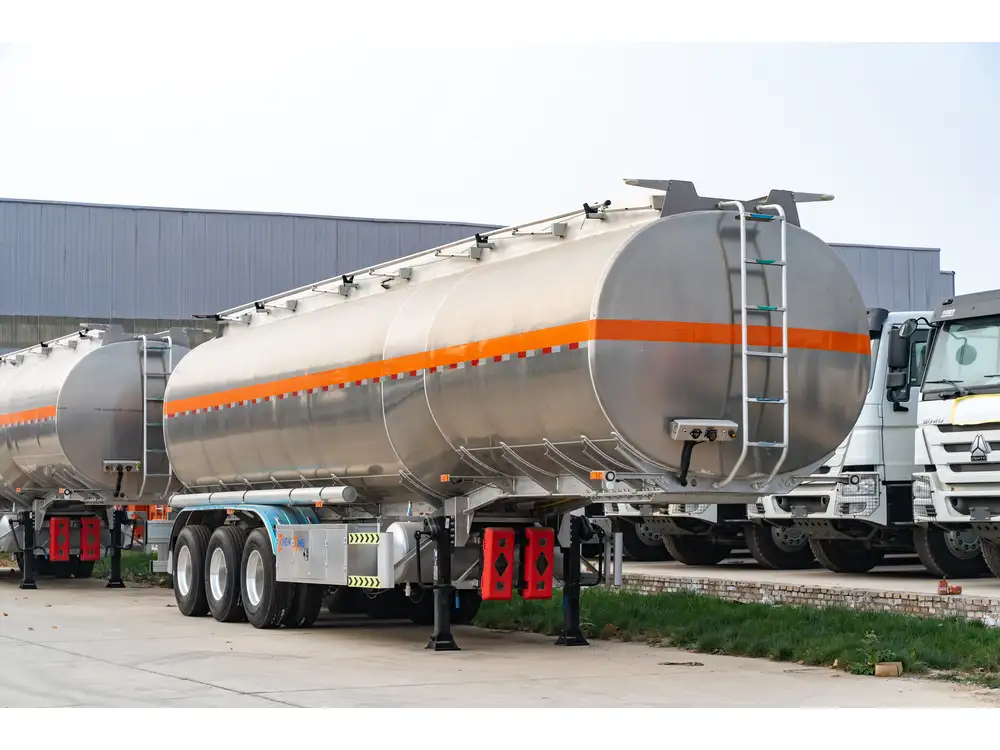
3. What Causes ABS Warning Lights to Illuminate?
ABS warning lights can be triggered by various issues, including faulty wheel speed sensors, damaged wiring harnesses, defective ABS controllers, or low brake fluid levels. Identifying the specific cause requires thorough diagnostics.
4. How Does Weather Affect Trailer ABS System Performance?
Extreme weather conditions, such as heavy rain, snow, or icy roads, can impact the performance of the ABS system. Moisture can cause corrosion in sensors and wiring, while slippery surfaces challenge the system to prevent wheel lock-up effectively.
5. What Are the Benefits of Upgrading to a Modern ABS System?
Upgrading to a modern ABS system offers enhanced braking performance, improved vehicle stability, better traction control, and integration with advanced safety features like Electronic Stability Control (ESC). These upgrades contribute to safer and more efficient trailer operations.



